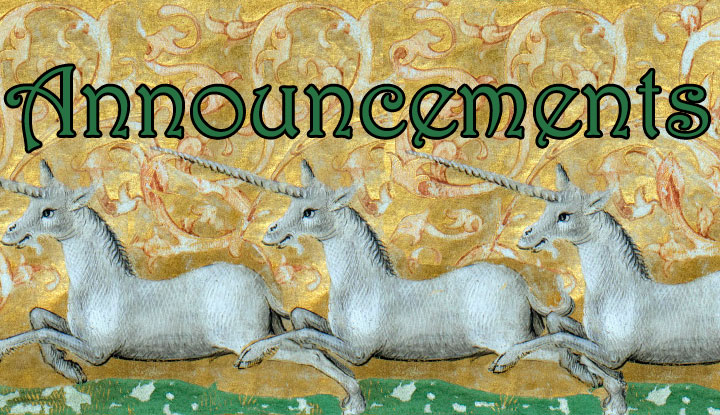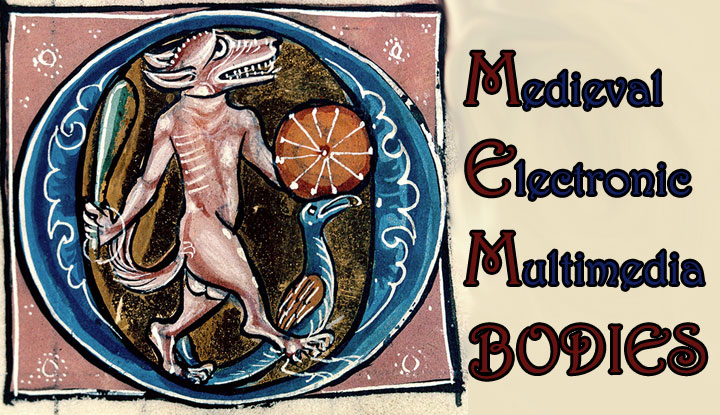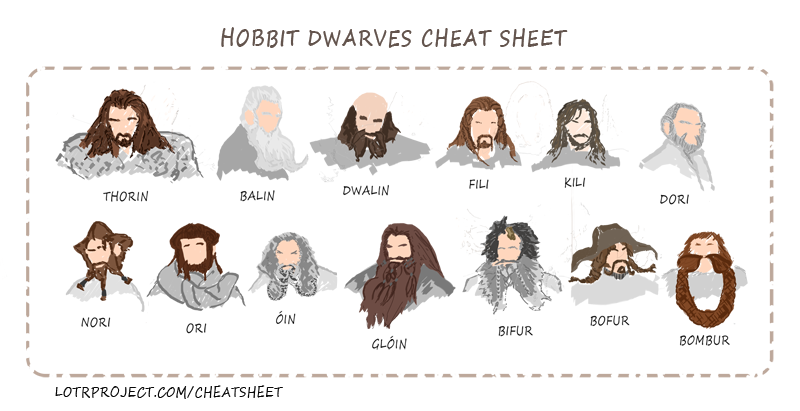UPDATED: January 31, 2016 Yet Another New Year, Slightly Revised and Revived Blog & CALL FOR CONTRIBUTORS After nearly a year’s hiatus (367 days, to […]
Read more
For the Record: The Faux Dwarf
From The Free Dictionary (by Farlex):
dwarf
(dwôrf)
n. pl. dwarfs or dwarves (dwôrvz)
1. a. A person with a usually genetic disorder resulting in atypically short stature and often disproportionate limbs.
According to the Mayo Clinic:
Most people with dwarfism prefer not to be labeled by a condition. However, some people may refer to themselves as dwarfs or little people. The word “midget” is generally considered an offensive term.
People of average height may have misconceptions about people with dwarfism. And the portrayal of people with dwarfism in modern movies often includes stereotypes. Misconceptions can impact a person’s self-esteem and limit opportunities for success in school or employment.
The great actor
Peter Dinklage
is a dwarf.
He is 4’5″ tall.
According to Dinklage, who plays Tyrion Lannister in the HBO series Game of Thrones,
…Dwarves are still the butt of jokes. It’s one of the last bastions of acceptable prejudice. Not just by people who’ve had too much to drink in England and want to throw a person. But by media, everything. (The New York Times, 29 Mar 2012)
Dwarfism is short stature that results from a genetic or medical condition. Dwarfism is generally defined as an adult height of 4 feet 10 inches (147 centimeters) or less. The average adult height among people with dwarfism is 4 feet (122 cm).
Many different medical conditions cause dwarfism. In general, the disorders are divided into two broad categories:
- Disproportionate dwarfism. If body size is disproportionate, some parts of the body are small, and others are of average size or above-average size. Disorders causing disproportionate dwarfism inhibit the development of bones.
- Proportionate dwarfism. A body is proportionately small if all parts of the body are small to the same degree and appear to be proportioned like a body of average stature. Medical conditions present at birth or appearing in early childhood limit overall growth and development
- Ken Stott (Balin) is 5’7″
- Stephen Hunter (Bombur) is 5’7″
- Mark Hadlow (Dori) is 5’7″
- Adam Brown (Ori) is 5’7″
- Dean O’Gorman (Fili) is 5’8″
- Jed Brophy (Nori) is 5’8″
- William Kircher (Bifur) is 5’9″
- Peter Hambleton (Gloin) is 5’9″
- Aidan Turner (Kili) is 5’10”
- John Calle (Oin) is 5’11”
- James Nesbitt (Bofur) is 6’0″
- Richard Armitage (Thorin) is 6’2″
- Graham McTavish (Dwalin) is 6’2″
John Rhys-Davies‘s portrayal of Gimli the dwarf (in Peter Jackson’s Lord of the Rings trilogy) is mostly believable, and the actor brings dignity to the character, while also tackling head-on discrimination: “NObody tosses a dwarf!” However, the so-called dwarves in Peter Jackson’s The Hobbit trilogy are clearly like no dwarves in reality, particularly in terms of agility and combat abilities that are done so seriously that they are laughable. They are not dwarves; they are what they (the actors and Jackson) think dwarves wish to be. How undignified is that? Moreover, “cheat sheets” have been passed round the Internet because—you know—dwarves tend to all look alike, right? Only in the movies. Only in the movies.







